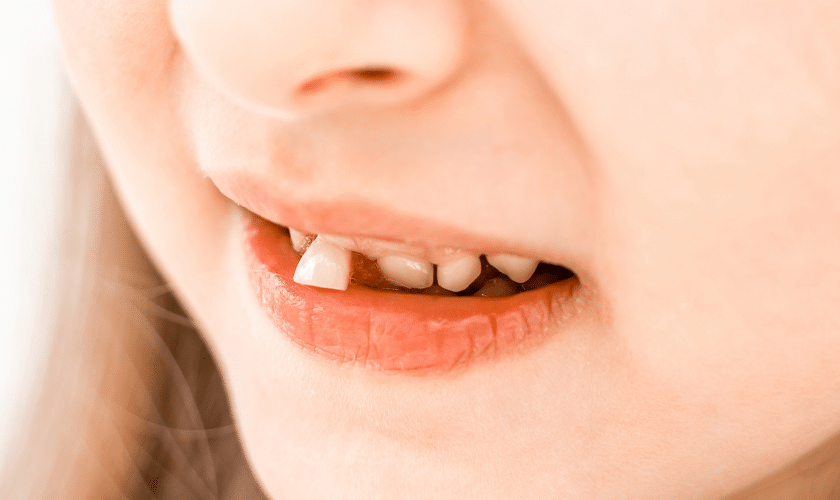Baby teeth, also known as primary teeth, are essential for children’s oral health and development. They aid in chewing, speaking, and maintaining proper alignment for permanent teeth. Losing a baby tooth prematurely due to trauma can impact a child’s oral health and self-esteem. In such instances, knowing how to save and reimplant a knocked-out tooth can make a significant difference.
Immediate Steps to Take
When a baby tooth is knocked out, quick action is crucial. Here’s what you should do immediately:
Assess the Situation: Determine if there are any other injuries and ensure the child is safe.
Locate the Tooth: Find the knocked-out tooth and handle it carefully, avoiding touching the root.
Clean the Tooth: Rinse the tooth gently with milk or saline solution. Avoid scrubbing or using soap, as it may damage the tooth’s delicate tissues.
Reposition the Tooth: If possible, reinsert the tooth into its socket. Make sure it’s facing the right way and hold it in place by gently biting down on a clean cloth or gauze.
Seek Dental Care: Contact your dentist immediately for further instructions and assistance.
Tips for Transporting the Tooth
Proper transportation of the knocked-out tooth can increase the chances of successful re-implantation. Follow these tips:
Keep it Moist: Place the tooth in a container of milk, saline solution, or the child’s saliva. Avoid storing it in water or dry tissue, as this can damage the tooth’s cells.
Handle with Care: Avoid touching the tooth’s root and handle it only by the crown (the part that is visible in the mouth).
Keep it Cool: If possible, store the tooth in a cool environment, but do not freeze it.
Factors Affecting Reimplantation Success
Several factors influence the success of reimplanting a knocked-out tooth. These include:
Time: The sooner the tooth is reimplanted, the higher the chances of success. Ideally, it should be done within the first 30 minutes of the injury.
Condition of the Tooth: If the tooth is intact and has not been damaged extensively, it’s more likely to be successfully reimplanted.
Age of the Child: Younger children generally have better success rates with reimplantation due to their higher capacity for tissue regeneration.
Potential Complications
While reimplanting a knocked-out tooth can be successful, there are potential complications to be aware of:
Infection: If the tooth or surrounding tissues are contaminated, there’s a risk of infection. Proper cleaning and antibiotic treatment may be necessary.
Root Resorption: In some cases, the body may resorb the reimplanted tooth’s root, leading to its eventual loss.
Alignment Issues: Reimplanted teeth may not align properly with surrounding teeth, requiring orthodontic intervention.
Long-Term Care After Reimplantation
After successfully reimplanting a knocked-out tooth, long-term care is essential to ensure its health and stability. Here’s what you can do:
Regular Dental Check-Ups: Schedule regular visits to your dentist to monitor the reimplanted tooth’s progress and address any issues promptly.
Good Oral Hygiene: Encourage your child to brush and floss regularly to maintain oral hygiene and prevent gum disease.
Protective Measures: If the tooth was reimplanted in a child involved in sports or other physical activities, consider using a mouthguard to prevent further injury.
Saving and reimplanting a knocked-out baby tooth can be a daunting experience, but with prompt action and proper care, it’s possible to preserve your child’s dental health. Remember to stay calm, follow the steps outlined in this guide, and seek professional assistance from an Oak Park dentist as soon as possible. By acting swiftly and responsibly, you can help ensure the best possible outcome for your child’s smile.

